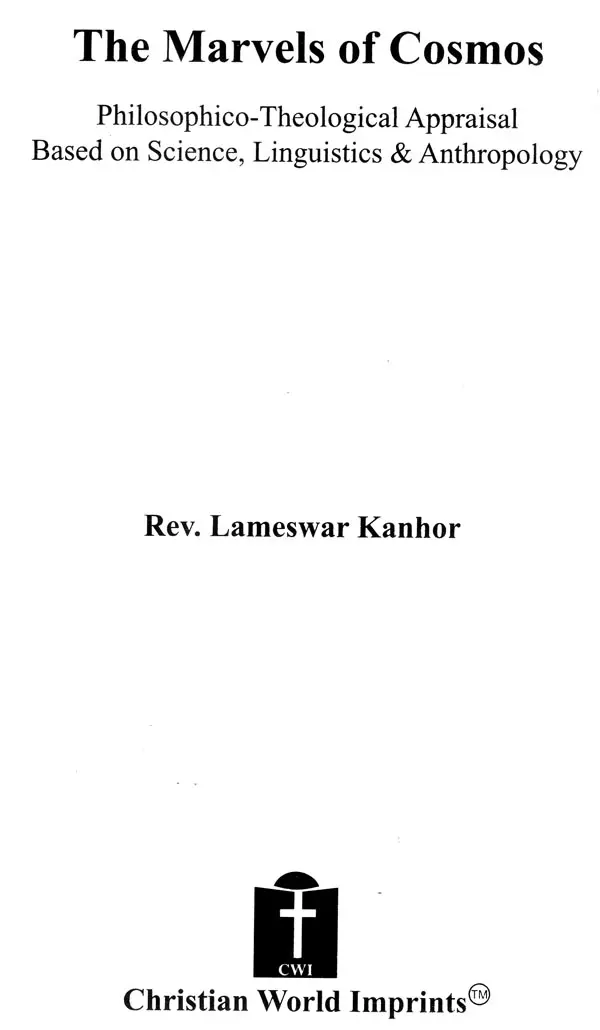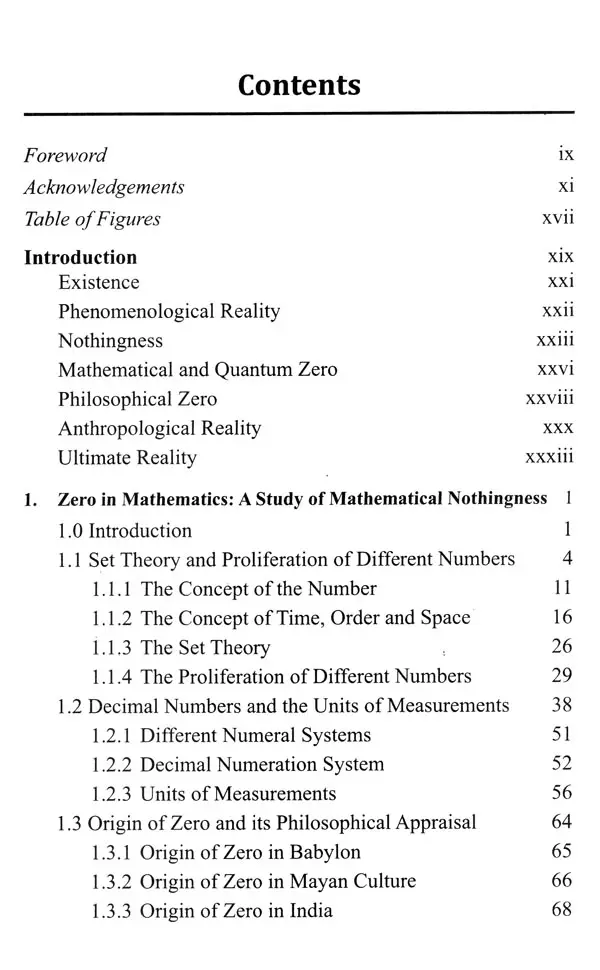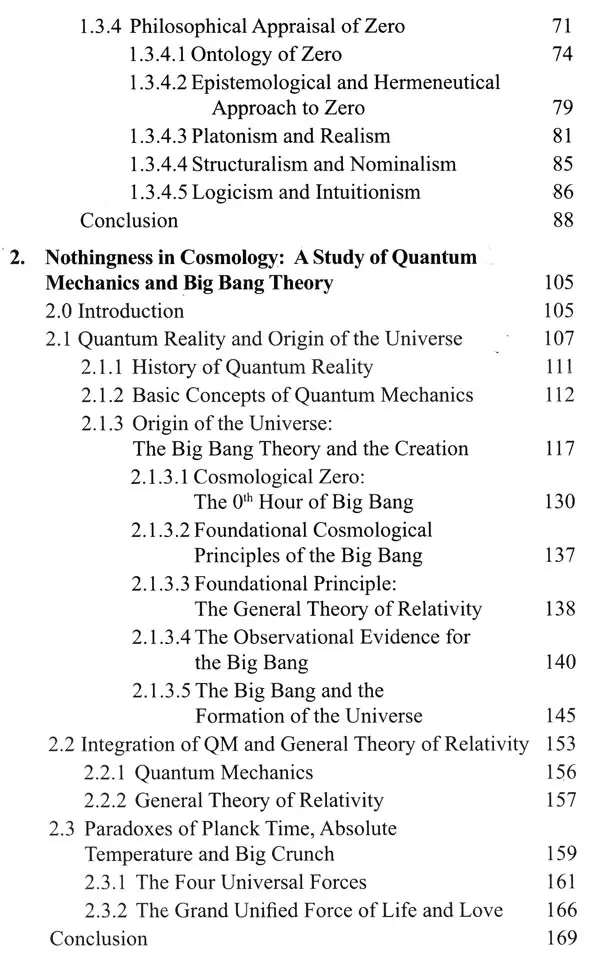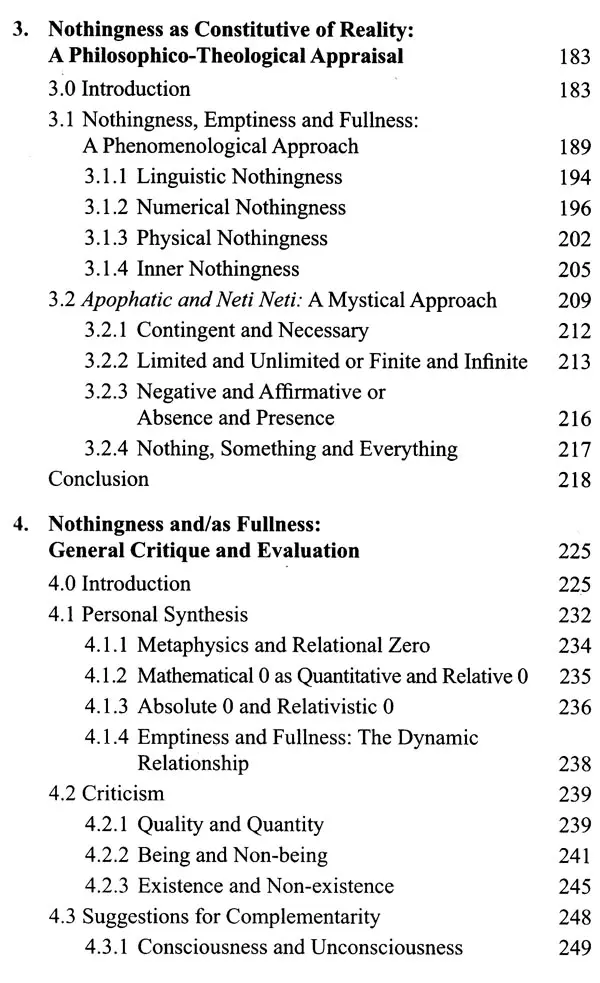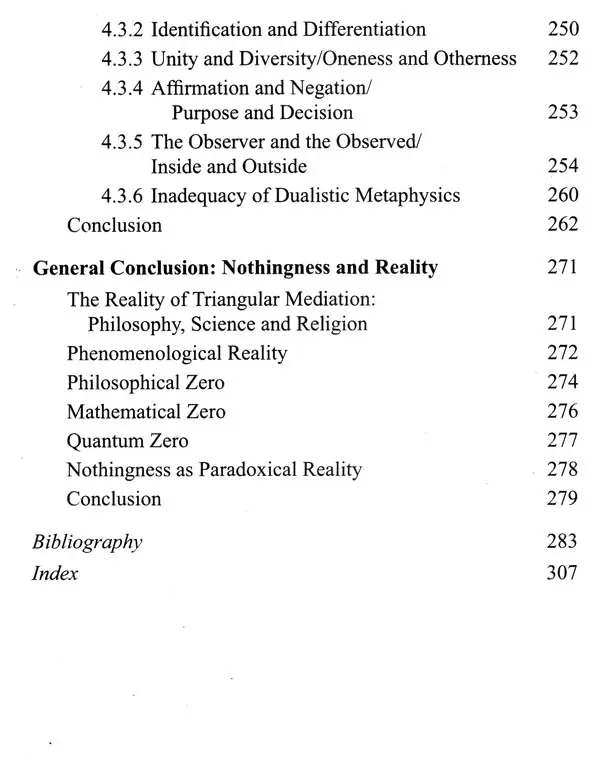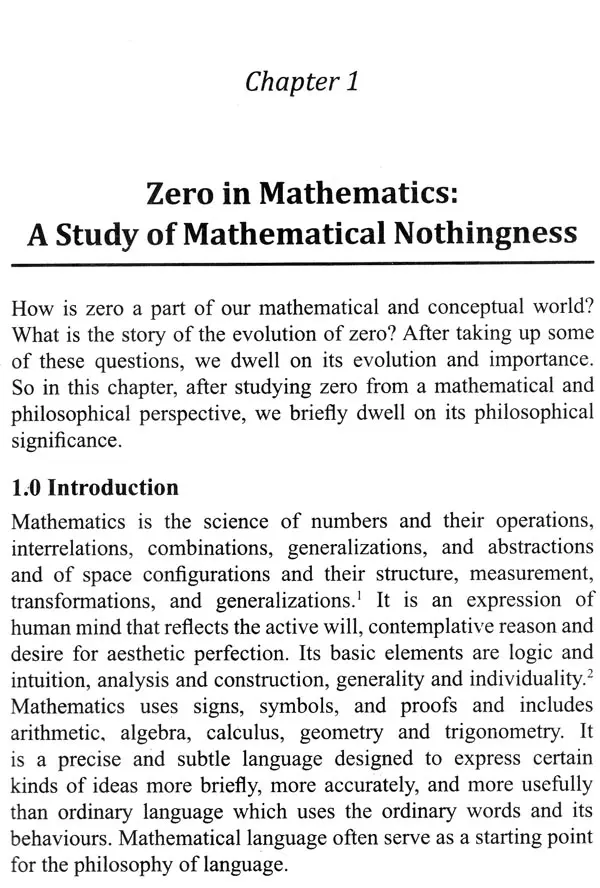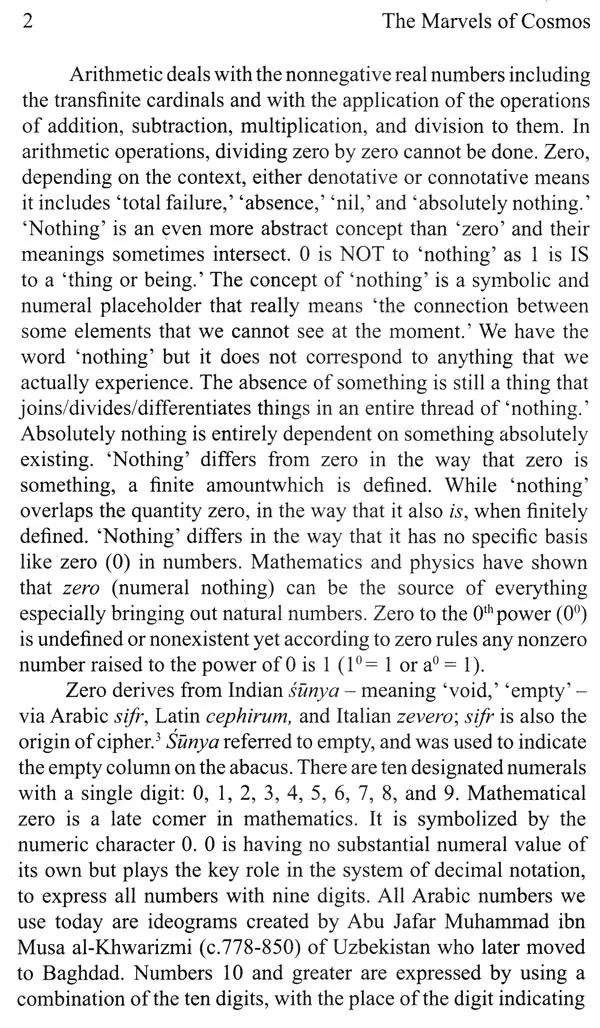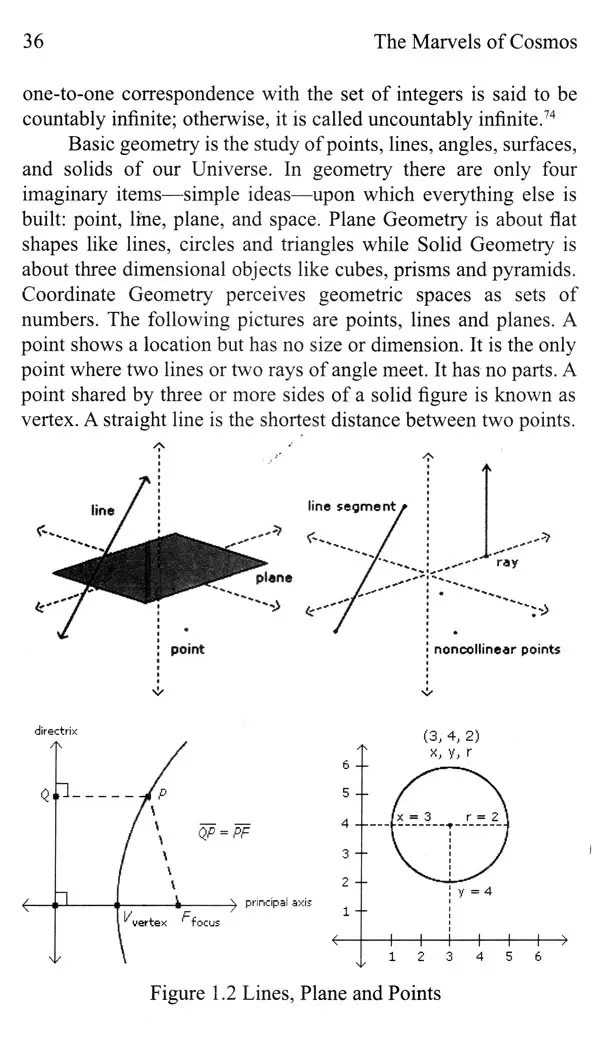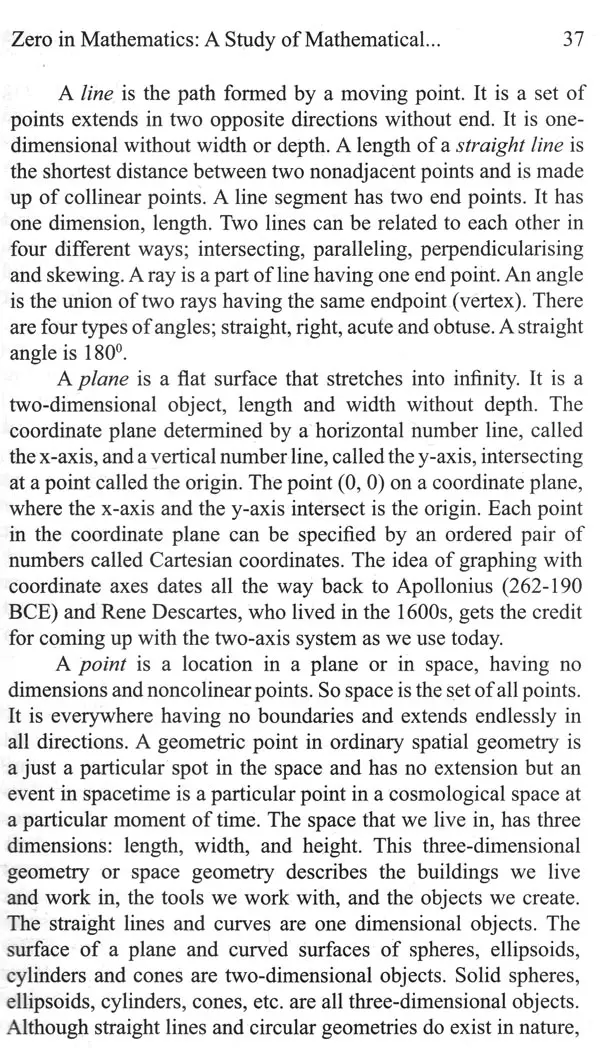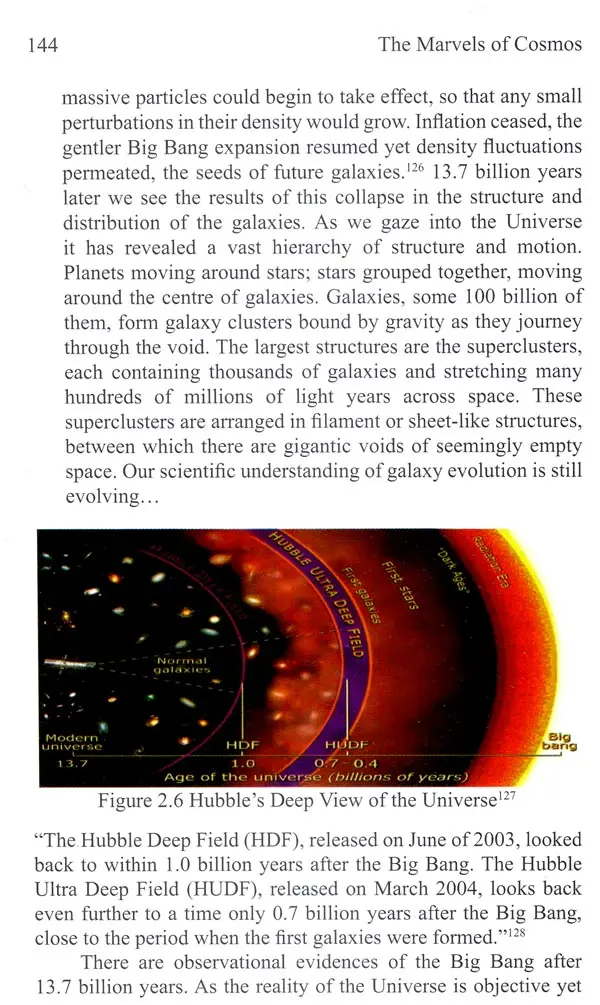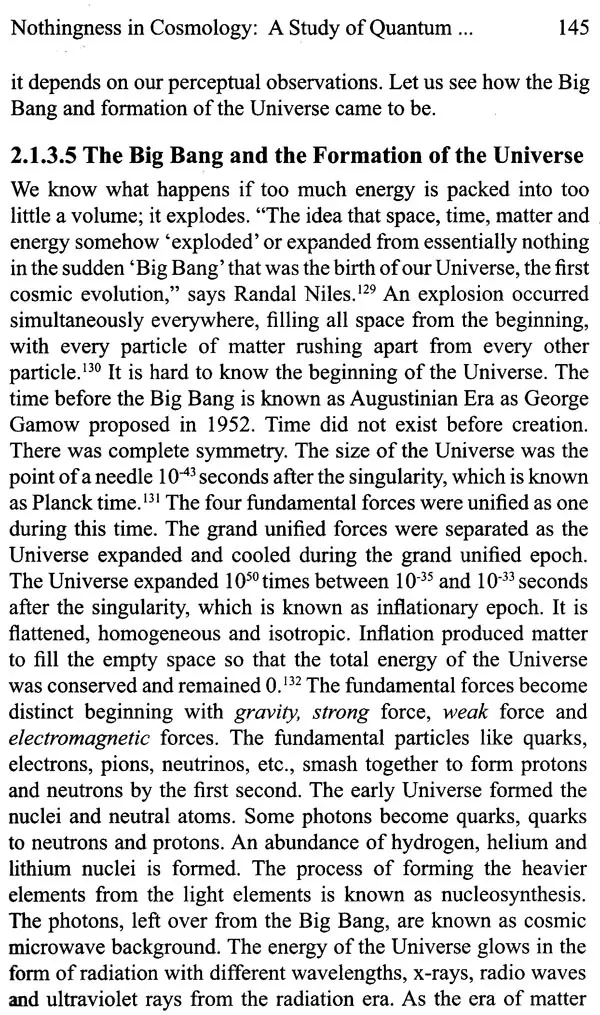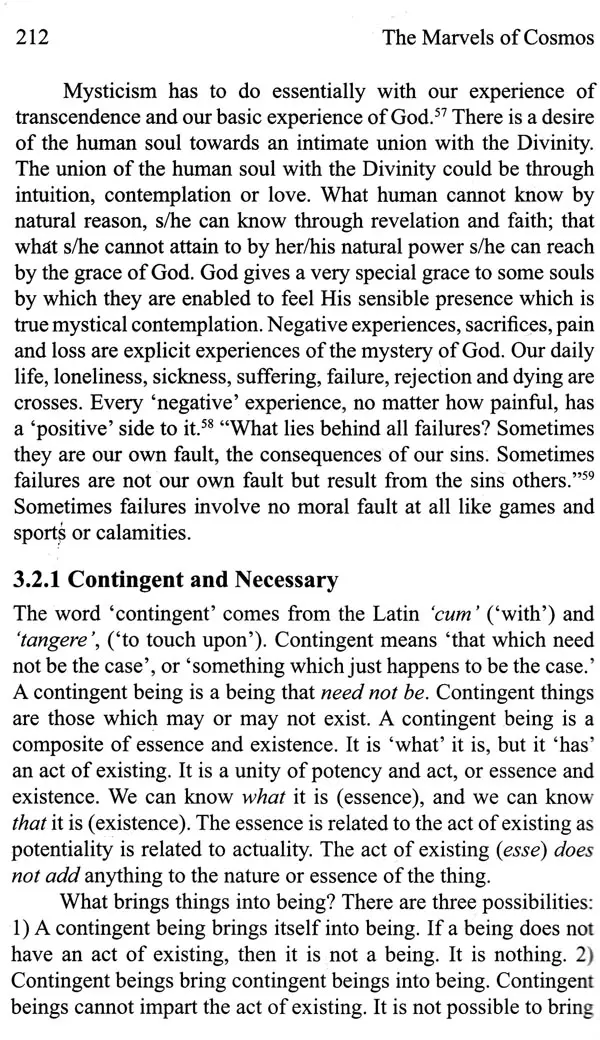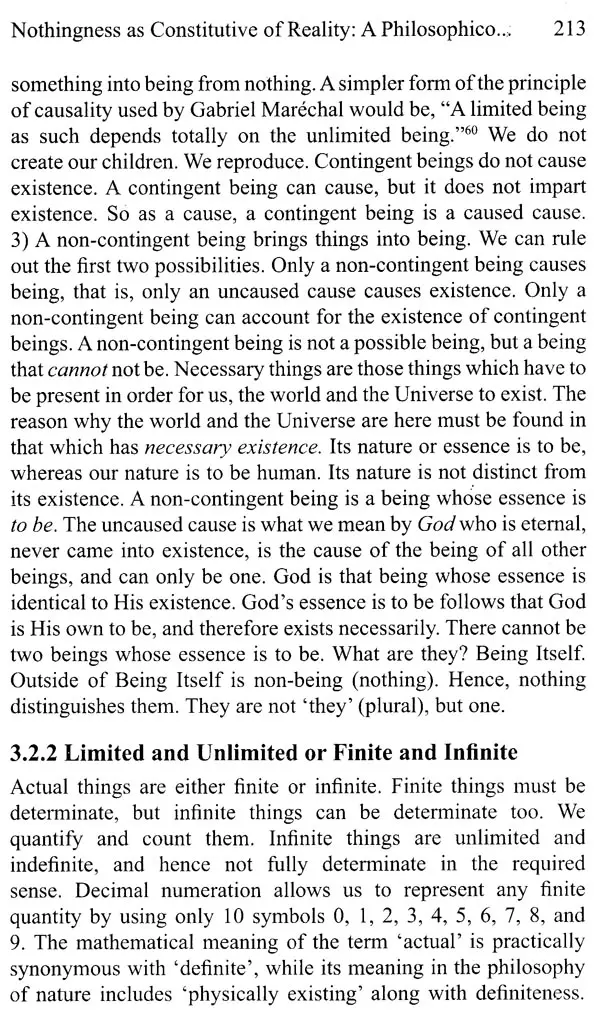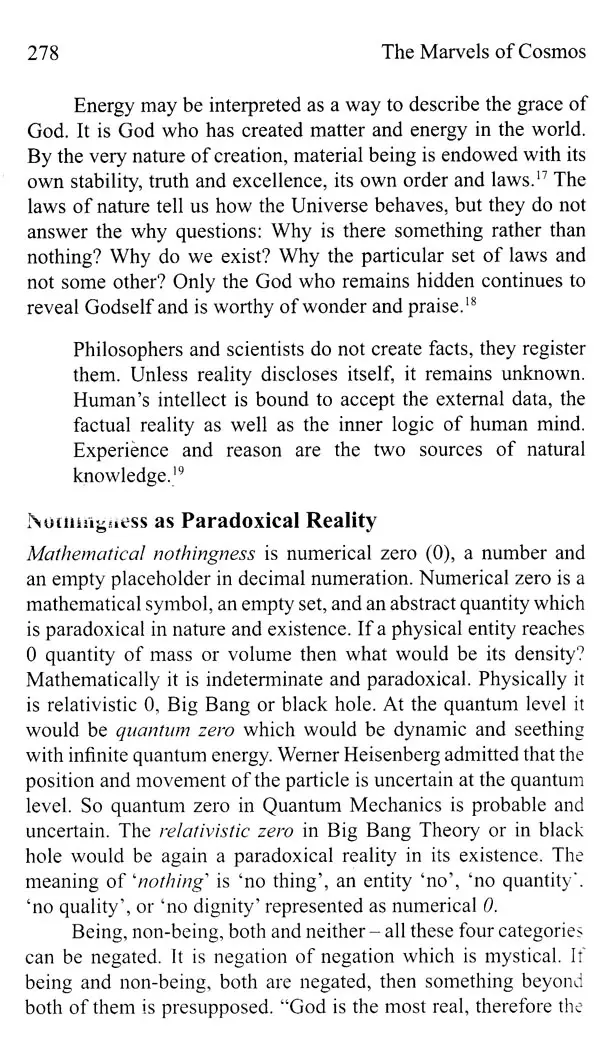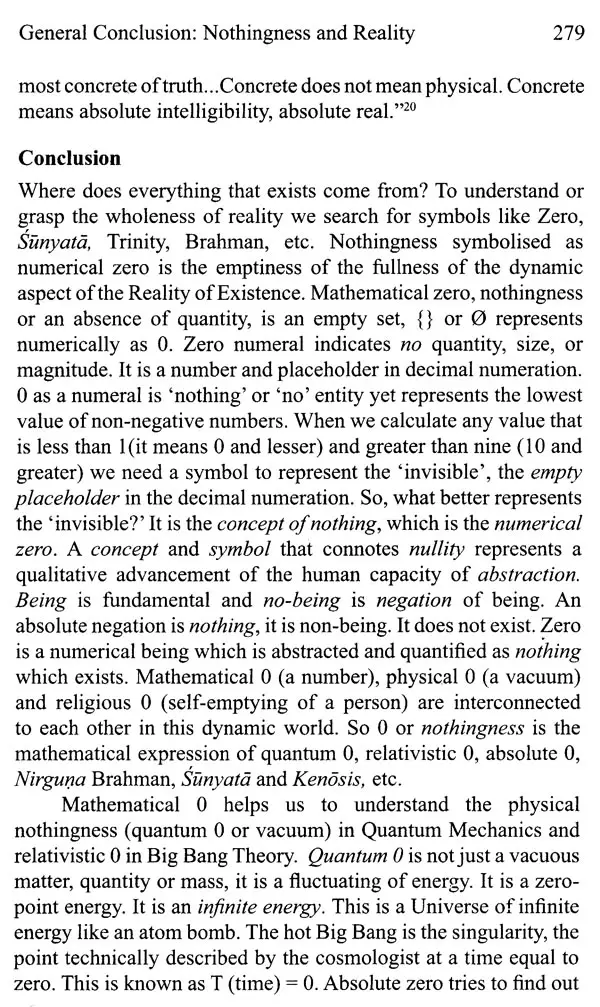About the Book We experience presence and absence, emptiness and fullness of things, events, facts and causes. It is we, human beings, who make statements about things, ourselves and others. Why is there Something instead of Nothing? The obvious answer is there might have been 'something', 'everything' or 'nothing'. Nothingness represents conceptual and numerical zero as empty placeholder in decimal system of mathematics. It also represents vacuum in science where the fluctuating energy in the vacuum is the same thing as the fluctuating amount of the mass as Albert Einstein put it E (energy)=m (mass) e' (speed of the light squared). Nothingness is a symbol, a concept, and a numeral (0) as a constitutive reality which represents and participates in the wholeness of reality. Reality is both presence and absence, paradoxical and relational as in our direct judgment we say two kinds of things about something: WHAT (essence) it is and THAT (existence) it is but when something is NOT, the concept 0 as a number represents what is 'not there'. The numerical zero fills the empty position in the decimal numeration whereas the vacuum points to fullness and wholeness in interdisciplinary disciplines of physical or social sciences.
The book is comprised of four chapters. The first chapter deals with the mathematical zero and its philosophical applications. The second chapter deals with the quantum reality and Big Bang cosmology. It deals with the quantum zero and the origin of the Universe. The third chapter deals with the philosophic theological appraisal of the nothingness. Its linguistic, numerical, physical and inner nothingness is appreciated. The final chapter four provides a general critique and evaluation.
About the Author Lameswar Kanhor is a Catholic Priest in the Archdiocese of Cuttack- Bhubaneswar, and is currently the Staff of the St. Paul's Regional Institute of Spirituality at Padanpur, Odisha, where he was a staff member from 2001 to 2006. After that he went to Jnana-Deepa Vidyapeeth (JDV), Pune for Master’s and Doctoral study in Philosophy of Science and Religion from 2006 to 2012. He was in Raikia Parish for three years after his ordination on 29th May 1992. He was then given to look after Kattingia Parish for one year which he bifurcated into Salima Gochha Parish.
He was given Pobingia and Betticola Parish for three years each before going to St. Paul's Regional Institute of Spirituality. He has been going to St. Albert's College, Ranchi, as a visiting professor for Philosophical Hermeneutics from 2012 onwards. St. Aquinas College, Gopalpur- on-Sea, has invited him to teach Nastika or Non-Vedic Philosophy from 2013 onwards.
Foreword I feel privileged to introduce Dr. Lameswar Kanhor's insightful book, "The Marvels of Cosmos." As the subtitle, "Philosophic- Theological Appraisal Based on Science, Linguistics & Anthropology," rightly indicates it is a book on dialogue between Science, Religion and related disciplines. It also relates our reality and existence to a larger cosmos, which is truly fascinating and marvellous.
Both as Master's student and Doctoral candidate, I came to know Rev. Dr. Kanhor very well. His studious nature, committed work and consistent life-style has impressed me tremendously. He has given his full life to long and dedicated research to bring out this work. He has been truly dedicated and committed to his research, with unimaginable intellectual rigour. Therefore, it has been my pleasure to guide him and accompany him in his doctoral work.
Introduction On 4 July 2012, the CMS (Compact Muon Solenoid) and the ATLAS (A Toroidal LHC Apparatus) experimental teams at the Large Hadron Collider (LHC), at Geneva, independently announced that they each confirmed the formal discovery of a previously unknown boson of mass between 125-127 GeV/c², whose behaviour so far was 'consistent with' a Higgs boson.' A British theoretical Physicist and emeritus professor at the University of Edinburgh Peter Higgs (b. 1929), Belgian theoretical Physicists Robert Brout (1928-2011) and François Englert (b. 1932) suggested in 1970 "that all particles had no mass just after the Big Bang. As the Universe cooled and the temperature fell below a critical value, an invisible force field called the "Higgs field' was formed together with the associated 'Higgs boson."" The Higgs field prevails throughout the cosmos: any particles that interact with it are given a mass via the Higgs boson.
**Contents and Sample Pages**
